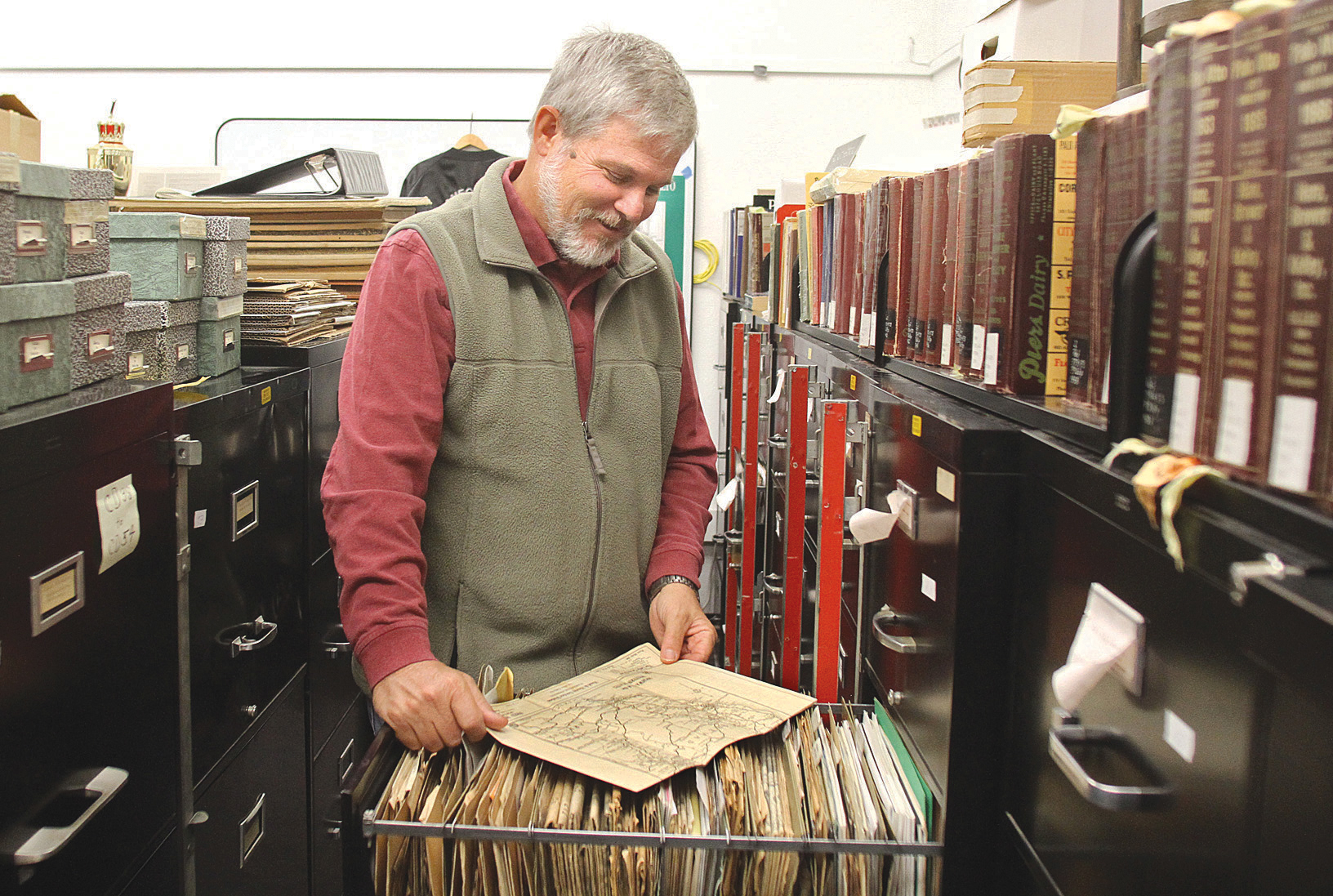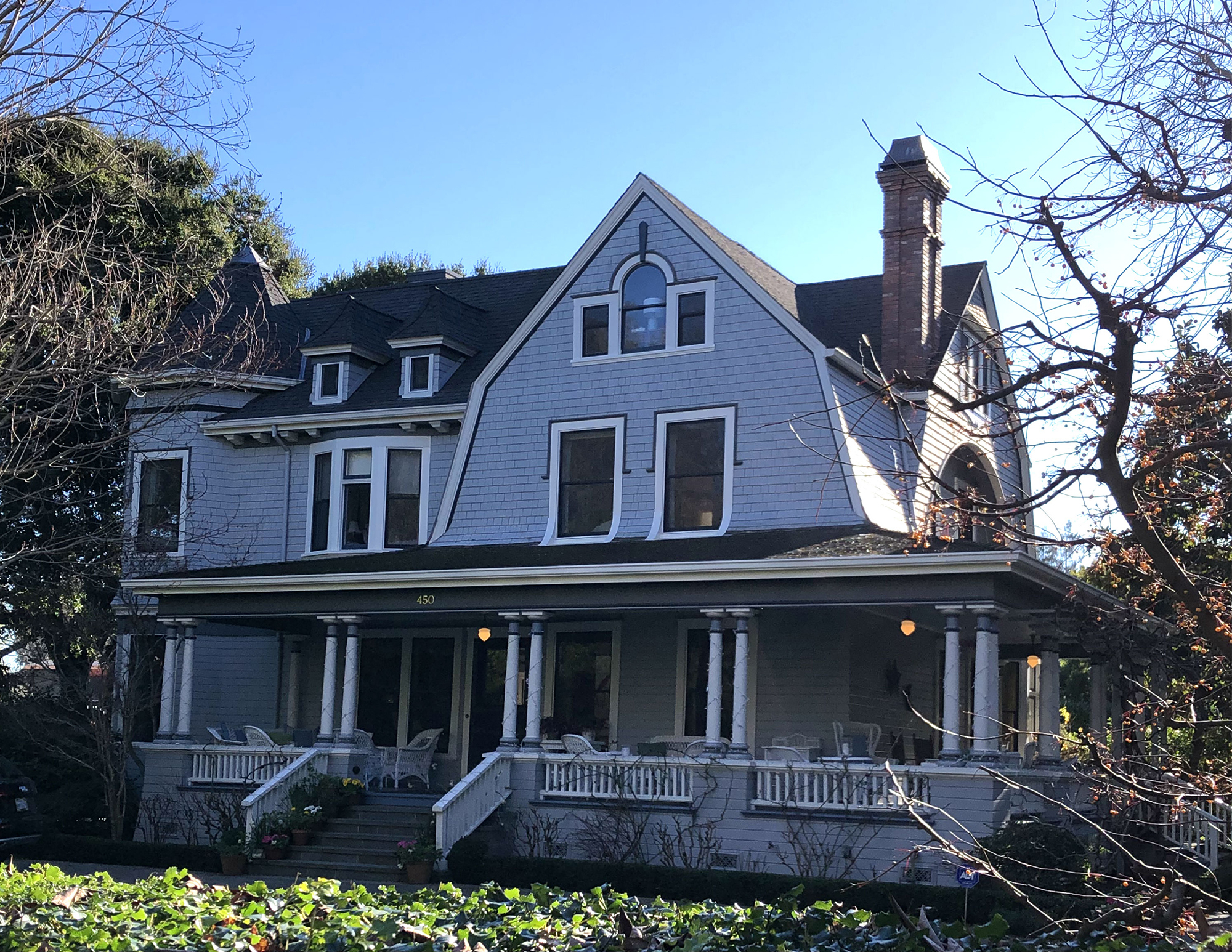Just like people, all homes have a past. Uncovering that history can take some poking around, but it also can lead you on an unexpected journey, especially in a place like Palo Alto, which has a relatively short but rich history. Within its 26 square miles, the city contains four historic districts and has more than 400 properties on its historic inventory — including some recognized as either national or state landmarks.
And while not every property here may be famously linked to the launch of Silicon Valley, there are plenty with stories of their own waiting to be uncovered.
"Just like with people, your research will result in a genealogy of your home and the people who lived there," said Steve Staiger, historian at the Palo Alto Historical Association. "And by using local resources, you could be off on an adventure that may reveal some surprises about when your house was built, or who lived there decades ago."
The Palo Alto Historical Association is one organization in the Palo Alto area that works with homeowners to trace the histories of their homes. But Staiger said it's also possible to research your house's history on your own.
"In Palo Alto, there are very few houses more than 125 years old. This relatively short architectural history allows nonprofessionals to perform most searches on their own," Staiger said.
Staiger, who has been assisting residents with the research of their homes for more than three decades as a historian and former reference librarian for the city of Palo Alto, said those digging into a home's history are typically attempting to answer one or more of these basic questions: When was a house built? Who built it? What did it cost? Who were the previous owners? What did it look like? What was there before?
Staiger said some people might need to determine the age of their home to benefit from state historic building codes, but for most people, the number one reason to do research is probably curiosity.
Staiger suggests these starting points for those interested in researching their home. Some of his sources are unique to Palo Alto, but many of his suggestions can be used to research houses in other communities.
Look for clues inside your home
Your first step might be a search of your home. Some houses will have visible physical evidence that can be useful in your search.
A copy of the original building permit (or a permit for a remodel) may still be posted, perhaps in the garage, basement or other out-of-the-way spot. You may be lucky if a copy of the blueprints were left by a previous owner. From these sources, names and dates can be gathered.
A structural analysis of the building also may reveal useful information. A knowledgeable person can often estimate a home's age by dating fixtures such as those found in kitchens and bathrooms.
Many fixtures have a dating code on them. We know that many local homes have had their bathrooms and kitchens remodeled, often more than once. Evidence of more extensive remodels often can be found in basements, attics or other unfinished spaces such as garages.
Talk to neighbors
Your neighborhood is another good source of information. Assuming that you don't live in a neighborhood where every house looks similar, such as one of the Eichler neighborhoods, you might look around for another house nearby that looks very similar to yours. It can be a fair assumption that the same builder may have built both houses and you may be able to skip a lot of research if your neighbor has already done the work.
Longtime residents may have a wealth of information not found in printed sources. You might be lucky to find a longtimer who remembers the construction of your home.
This person may be able to offer details like the original color, landscaping or unusual events associated with the house and its former residents. Palo Alto still has a fair number of residents who grew up in the city.
With a bit of effort, you may be able to locate a former resident of your home or neighborhood who is still around town.
(The eyes and ears of 8- or 10-year-old kids often observed neighborhood doings in ways that were not a part of their parents' generation observations.)
Look through public records
In addition to researching your house and neighborhood for information, you will want to look at documentary evidence to confirm what you have learned, or to fill in any gaps in your history. Depending on the date and location, the city or county should have a copy or record of the building permit for your home.
Information found should include the date the permit was issued,
names of the builder and maybe the architect and owner, costs and a brief description of what the permit covered. Later building permits will be evidence of alterations, additions and major remodels.
Be aware, however, that there are always exceptions to the guidelines. Depending on the date of your home's construction and its location, your Palo Alto house may not have been built in Palo Alto. When the house was built, it may have been in unincorporated Santa Clara County or even in the town of Mayfield, and only later was it annexed into Palo Alto. Santa Clara County building permit records in the early 20th century were often incomplete for houses in the remote corners of the county.
Also note that property records at the county offices can reveal a significant increase in the value of a property, which might be evidence of new construction and renovations made to the site.
For many houses built in Palo Alto prior to 1955, the Palo Alto Historical Association archives has a shortcut to their basic permit information. Jim Stone, former Professorville resident and PAHA board member, went through the old issues of the Palo Alto Times from the 1890s until he gave up after indexing issues into the 1950s. All the city building permits reported in the newspaper into the 1950s have been recorded and listed by address. It's a great tool.
Search old city directories
City directories are another great research tool. Both the archives and the Rinconada Branch Library have copies of Palo Alto city directories dating from the 1890s until the last one was published in 1978. Starting in the 1910s, Palo Alto directories were published by the Polk Company, which produced directories for numerous communities across the country. The directories have alphabetical listings of the head of the household and includes the person's occupation and spouse's name, as well as the names of any adult children living at the home.
The directories also have an index by street address so one can find an address and determine who the neighbors were. Depending on the year, neighboring communities such as Mayfield, Menlo Park and the Stanford campus are included. (Remember that the city directories list residents rather than homeowners.)
Find insurance maps
The Palo Alto Historical Association's archives also include several bound volumes and a complete microfilm set of Sanborn Fire Insurance Maps in its collection. These are very detailed maps of individual city blocks with outlines of each structure. The shapes of buildings could indicate details such as porches that are no longer there or evidence of remodels over the years. The archive includes volumes from 1908 and 1924, with updates made through the 1960s.
Locate obituaries and photos
The association's archives are also a potential source for additional material that may be useful for your research efforts. The archive has more than 30,000 obituaries in the collection. The index is searchable through our website (pahistory.org), but the actual obituaries are still in paper form. The website archive also includes 15,000-plus photographs.
Using keywords such as street name, you might be surprised at what you find.
Document and donate your research
When you are compiling your history, be sure to copy the practice of genealogists and document what you find and what you didn't find. A missing clue that is noted may be discovered in other ways at a later date. Another idea: Consider donating a copy of your research to the Palo Alto archives. Your research might be a starting point for a homeowner's research in the future.
View more stories in our Winter 2022 Home and Garden Design publication.




Comments